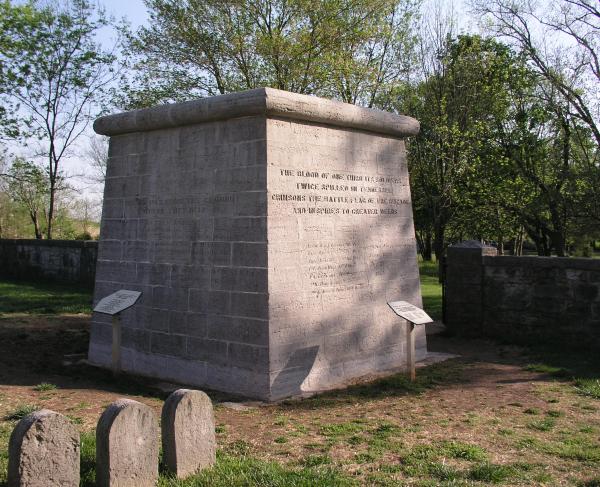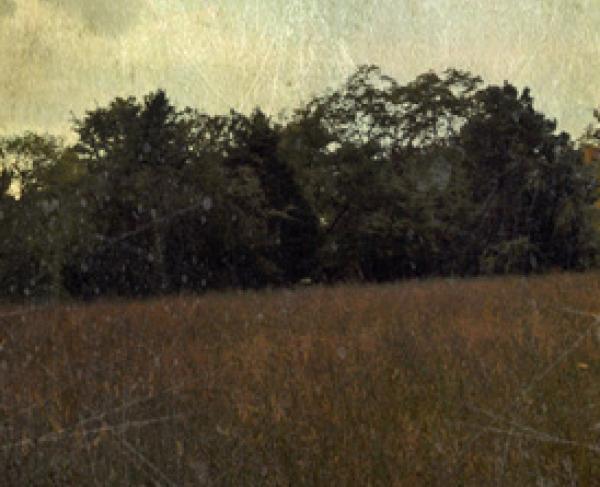John H. Morgan’s Christmas Raid
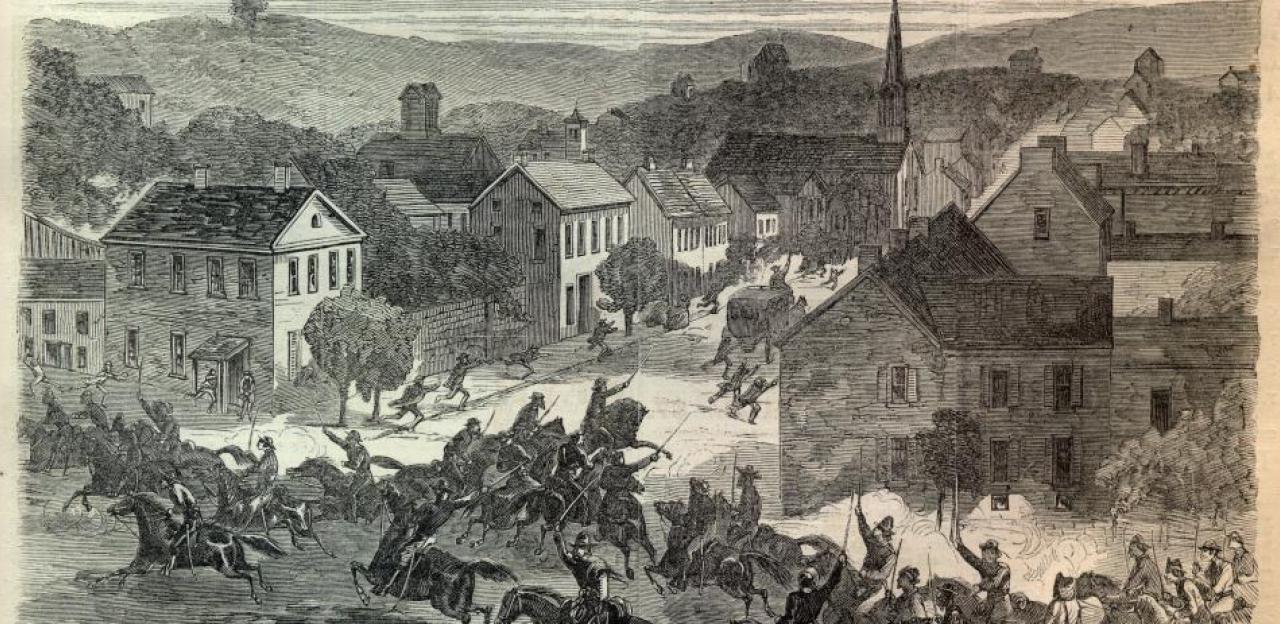
During the winter of 1862-1863, Confederate General Braxton Bragg, defending Middle Tennessee, faced the larger Federal Army of the Cumberland under the command of Major General William S. Rosecrans. Rosecrans prepared to move from Nashville against Bragg. Bragg tasked Confederate cavalry commander Maj. Gen. John Hunt Morgan to launch a diversionary raid into Kentucky to strike the vital Federal supply line, the Louisville and Nashville Railroad, also known as the L&N.
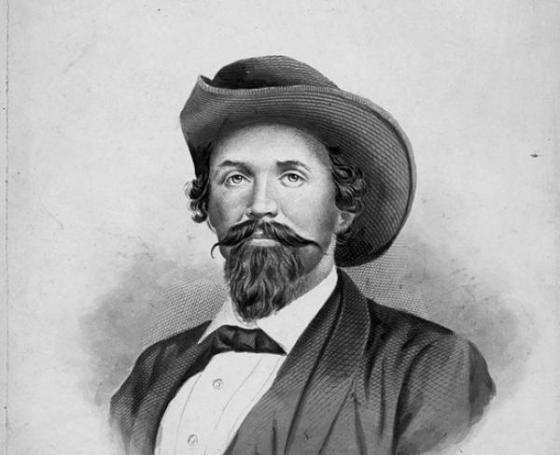
On December 22nd, Morgan left Alexandria, Tennessee, with the largest field command he would ever hold, nearly 4,000 men divided into two brigades. By the 23rd, his men reached the Kentucky border and made it to Tompkinsville, Kentucky, where they camped for the night. The following morning, the Southern cavalrymen made it to Glasgow, where they fought a small skirmish with Federal cavalry. On Christmas Day, Morgan's men moved towards the Federal garrison of Munfordville, which guarded a vital bridge along the L&N. Rather than attack the bridge, Morgan sent men to hold the attention of the garrison. At the same time, he swung the rest of his force toward his main target: Elizabethtown. Concurrently, he sent the 2nd Kentucky to burn the Bacon Creek Bridge further above Munfordville.
By December 27th, Morgan's command reached Elizabethtown, which had several storehouses along the L&N. After surveying the area, Morgan found that the town was defended by over 600 men of the 91st Illinois under the command of Colonel H.S. Smith. To prompt the garrison's surrender, Morgan placed artillery on nearby hills and sent his two brigades to surround the town. Once Smith refused to surrender, Morgan opened a bombardment and subsequently sent his force to attack the town. After a few minutes of street fighting, Smith's force surrendered to the Confederate cavalry. The next morning, Morgan's command moved to their main objective in the raid, the two railroad trestles near Muldraugh's Hill. Over a mile apart, these structures were part of the lifeline to Rosecrans's army in Nashville. Once Morgan surrounded the area, the cavalier implemented the same tactic as he did at Elizabethtown: surround the isolated garrison and bombard them. However, unlike at Elizabethtown, Morgan was patient and let eight hours slip away before he opened up on the Federals. The garrison, commanded by Lieutenant Colonel Courtland Maston, refused all of Morgan's surrender terms until the Confederate artillery opened up, then, after an hour, surrendered. Once in Confederate control, Morgan destroyed the railroad trestles and prepared to move out of the state.
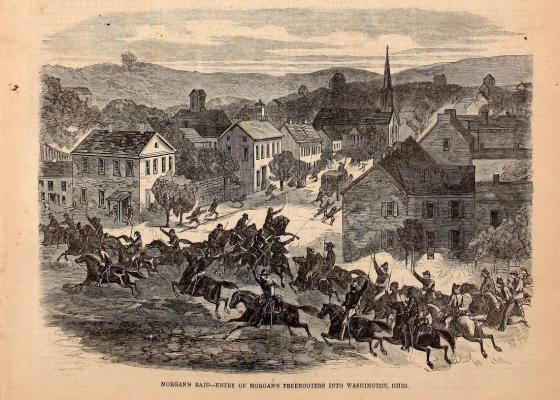
Rosecrans, by this point, was aware of the Confederate raid and prepared to implement a “hammer and anvil” tactic to bag Morgan. The hammer, meant to push Morgan out of the state, was given to future Supreme Court Justice John Harlan and a brigade of 2,300 men. The anvil would be composed of two different units, a brigade of 3,300 men under the command of William A. Haskins, who guarded the roads to Lebanon, and Joseph J. Reynolds's division of 5,000 men who guarded roads into Middle Tennessee.
By December 29th, Harlan's force caught Morgan's rear guard crossing the Rolling Fork River bridge near Boston, Kentucky. Upon seeing the Confederates, Harlan launched an attack. Facing Harlan's force were only 800 Confederates under the command of Basil W. Duke. Despite his numerical superiority, Harlan remained cautious and mainly probed the Confederate lines. Knowing that a superior force faced him, Duke was desperate to get his men out. Spotting an opportunity, Duke sent a portion of his men to capture a battery on the Confederate right giving his men time to cross a ford nearby. Everything seemed to be going to plan until Duke was grazed by an artillery shell, causing his men to believe that he was mistakenly killed. Picking the unconscious Duke up, the Confederates escaped to the south towards Bardstown. Harlan was unable to pursue the due to the burnt Rolling Fork Bridge and the condition of his men, who were exhausted from their journey.
On December 30th, Morgan's column moved out of Bardstown. During the march, he became aware of the Federal presence in Lebanon. To confuse the Federals about his intentions, he moved part of his command towards Springfield and another part towards the Federal-held city to screen his movements. On the night of the 31st, Morgan learned that Reynolds's division was heading toward Lebanon. To make matters worse for Morgan, a fierce winter storm ripped through the area, making travel difficult. Despite the weather, Morgan was undeterred and ordered his men to prepare for a night march. To confuse the enemy further, Morgan ordered his rearguard to light hundreds of bonfires, making the enemy believe his men were still in the area.
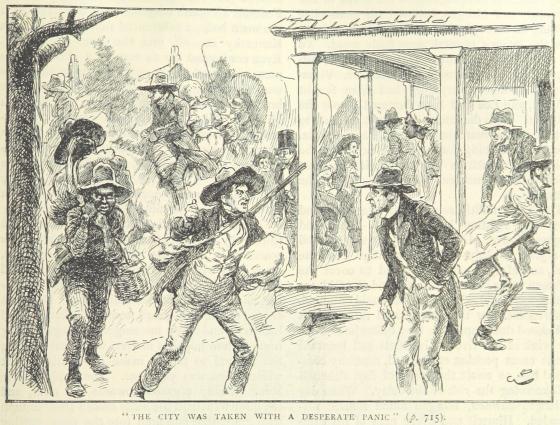
Throughout the night of December 31st and January 1st, Morgan's men rode around the Federal garrison at Lebanon and made their way into Campbellsville. Once in the town, Morgan's command found that Haskin, in his haste to get to Lebanon, had left his brigade wagon train there. Morgan's cold and hungry men devoured the supply of food as well as captured vital ammunition and clothing. The following day, Morgan's men left the city and moved towards the Green River Bridge, where they burnt the bridge and stockade guarding the area. Once the Federal command discovered the ruse Morgan had left, it was too late. When they caught up with him, the Confederate cavalry was already several hours ahead of them. By January 5th, Morgan's jubilant column made their way into Smithville, Tennessee, ending the raid.
In total, Morgan's raid caused over a million dollars in damages captured nearly 2,000 men, and crippled Rosecrans's supply lines causing him to halt any further movements. All of this came at the cost of just twenty-six men.
Related Battles
12,906
11,739

